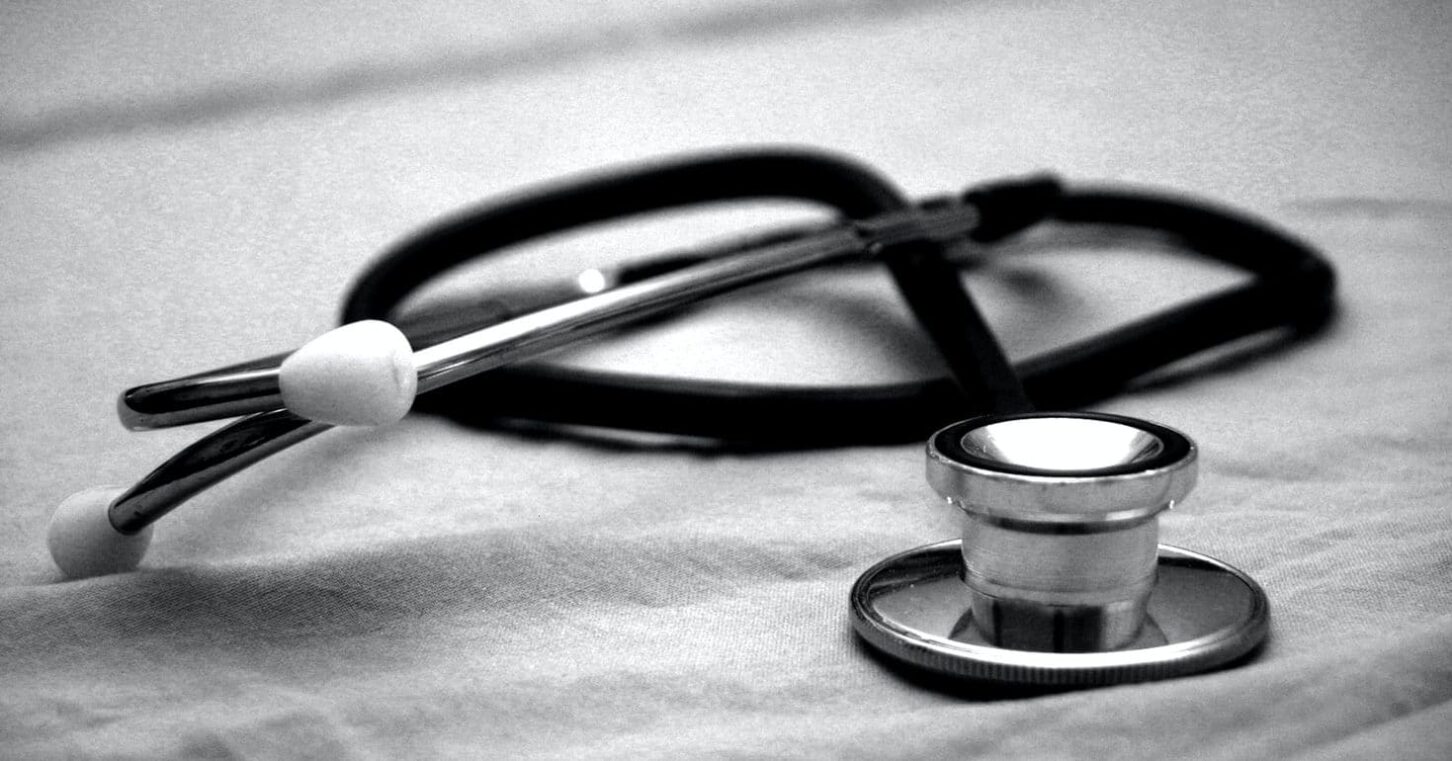
I still remember the voicemail, four years later: I have some bad news. You need surgery. I’m scheduling appointments for you with two surgeons first thing next week …
Four years later, I still haven’t had surgery. Next week, that changes.
Next week, I’ll travel to New York City for open-heart surgery. The prognosis is great. But the recovery won’t be easy, and I’ll be away from work, and thus column-writing, through year’s end.
Besides letting you know someone else will occupy this space for several weeks – and shocking some of you by confirming I do have a heart – I offer a few lessons from my experience.
Four years ago, an MRI showed I have a bicuspid aortic valve. It’s a birth defect found in about 2% of people, more commonly in men. The valve that lets oxygen-rich blood flow out of my heart is divided into two flaps, or leaflets, instead of three. Over time, those leaflets tend to weaken and work more lazily – one surgeon jokingly dubbed it a “drunk valve” – and some blood regurgitates into the heart. Eventually, that weakens the heart.
People ask how my condition was found. That first MRI was ordered after my doctor, using a simple stethoscope during my annual check-up, detected a heart murmur.
I have no symptoms. Another surgeon said that, as an otherwise healthy 43-year-old, I probably wouldn’t experience symptoms such as shortness of breath until it was too late.
Lesson One: Make sure you, especially you men, have an annual physical.
Since my diagnosis, I’ve tried to limit my sodium intake. Do you know how hard that is? Diet fads have conditioned us to watch carbs, fat, cholesterol. Even sugar has gotten its due as a silent killer.
But sodium? It’s everywhere. Eat one meal at a restaurant, and you may double, triple, even quadruple my daily limit: 1,500 mg. That’s less than half of what the Food and Drug Administration reports the average American consumes, and about two-thirds of the agency’s recommendation.
Among other things, sodium drives high blood pressure, or hypertension. About one-third of Georgians have hypertension. Our southern-fried diets don’t help, but even some foods thought to be healthier alternatives – e.g., the sub sandwich loaded with cheese and cold cuts, instead of a burger – pack in the salt.
Lesson Two: Pay attention to everything about what you eat.
Once it became clear surgery was coming sooner than later, I started doing more research. My impetus for going out-of-state started with a seeming afterthought from the second Atlanta surgeon I consulted, about a different type of valve replacement that might serve me well at my age. Sure enough, it offers a better chance of a long life than more common valve replacements. But it’s so uncommon that it’s not available in Georgia.
I investigated surgeons who do perform it and settled on the one in New York. He’s probably the nation’s leading expert for this procedure.
Lesson Three: Do your own research.
By now, you may wonder how much I’m paying for an “out of network” surgeon. Turns out, the new insurance plan we chose last year has no network. Plan members can go anywhere they like.
We don’t pay more for this plan. In fact, we chose it because the premiums were dramatically lower than our old cookie-cutter plan. Our deductibles remain high by design – it’s a Health Savings Account-eligible plan – but out-of-pocket costs for any given service have proved lower. (Two caveats: Even this plan has opaque aspects, so I can’t be 1,000% certain how the final bill will look. Second, the plan is complex in a way that challenges even a think tank president.)
Lesson Four: Those caveats notwithstanding, if more Americans would rethink their approach to health insurance, our healthcare debate could get a lot easier.
And with that, I’m stepping away for the rest of 2021. I trust in the good Lord and the wonders of modern medicine to bring me back to you next year.
